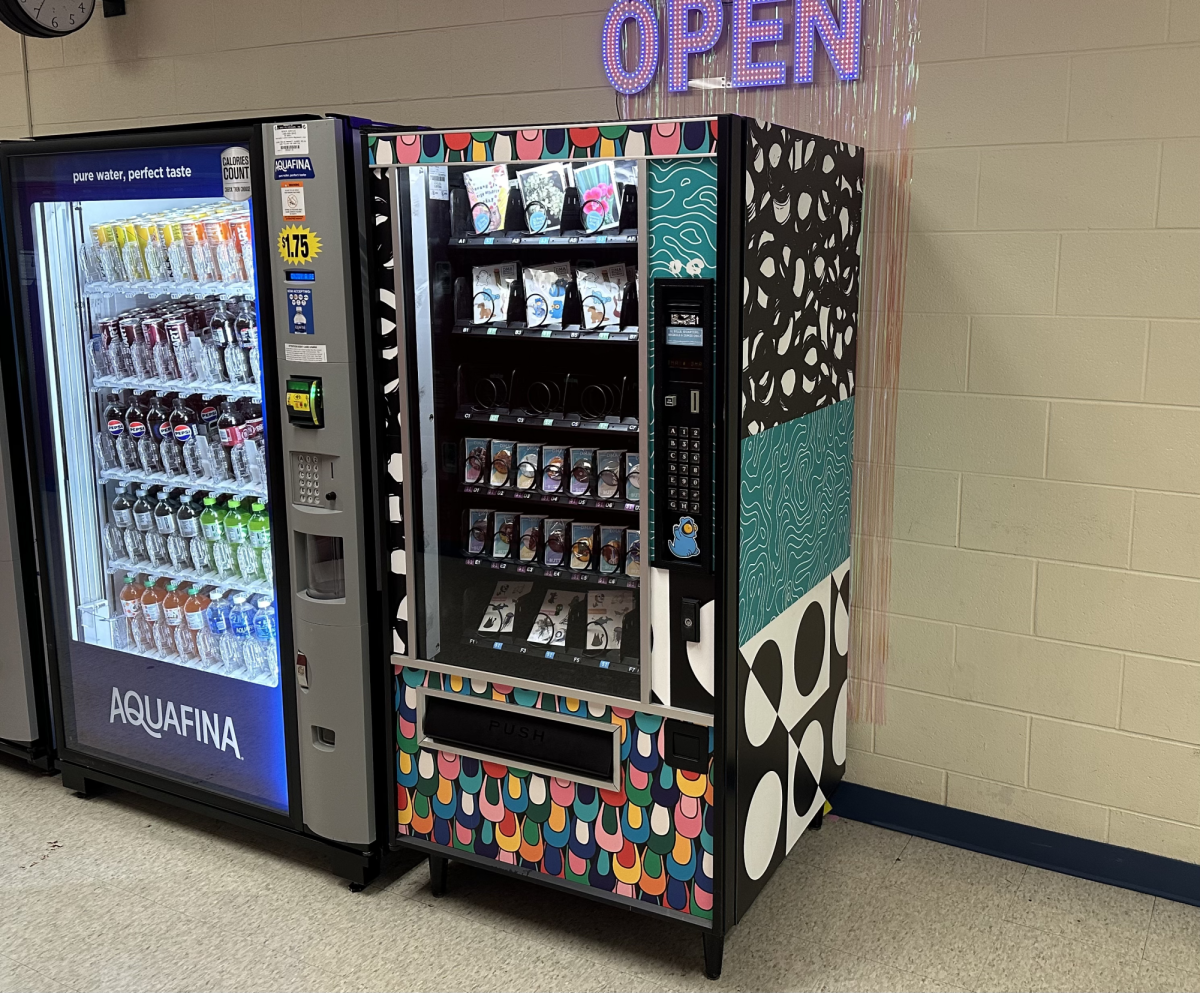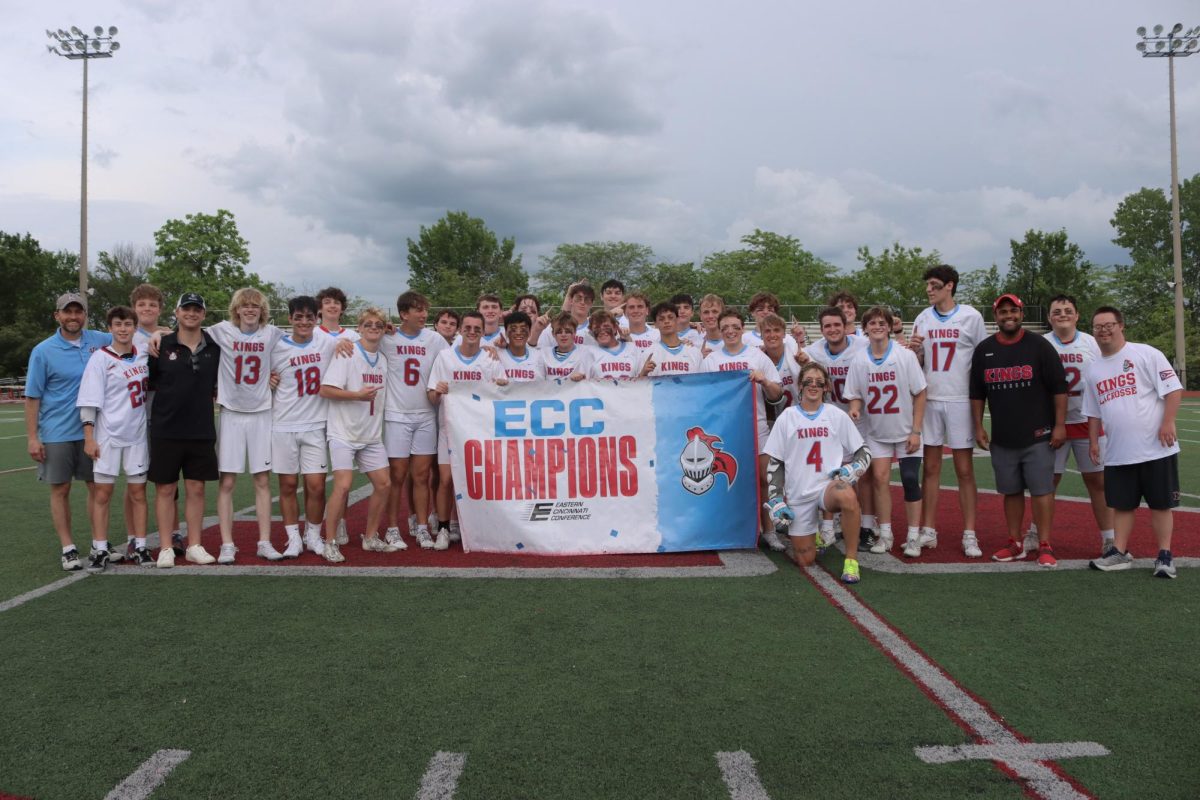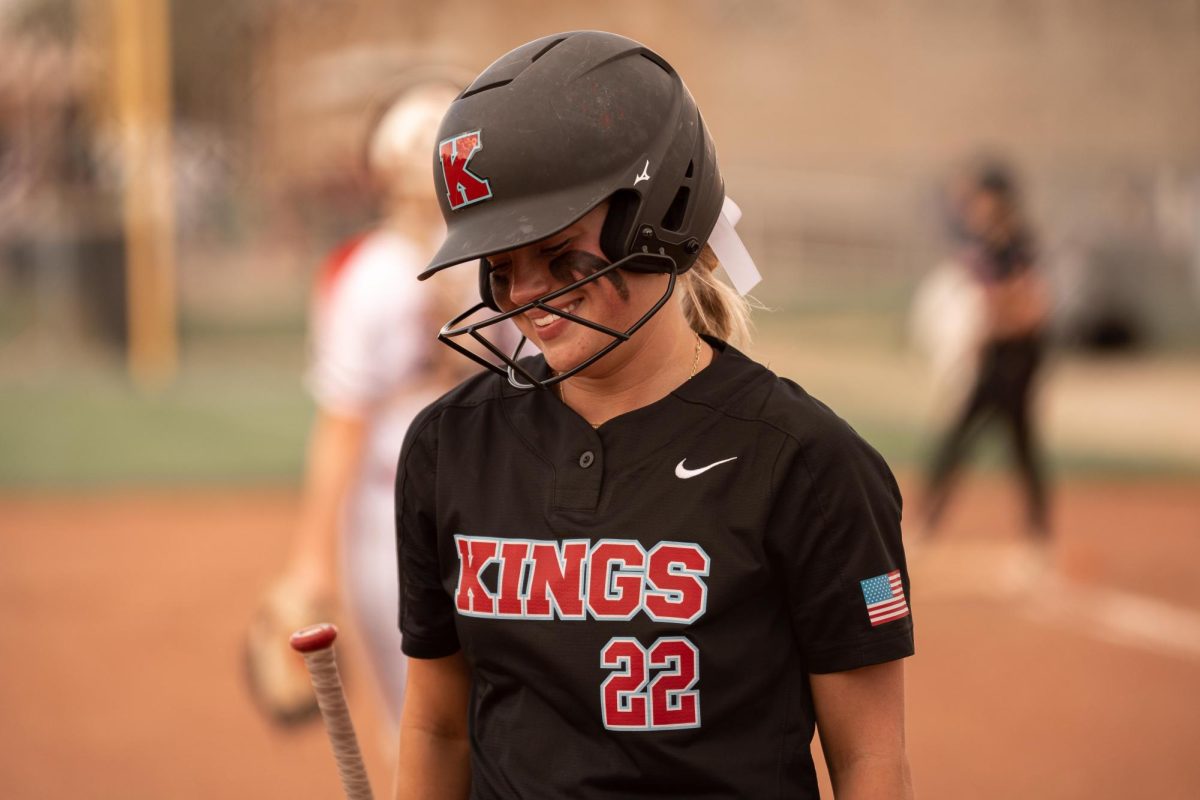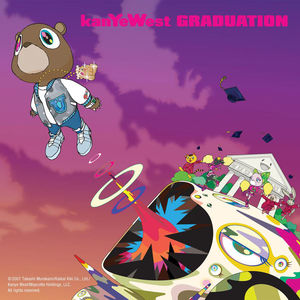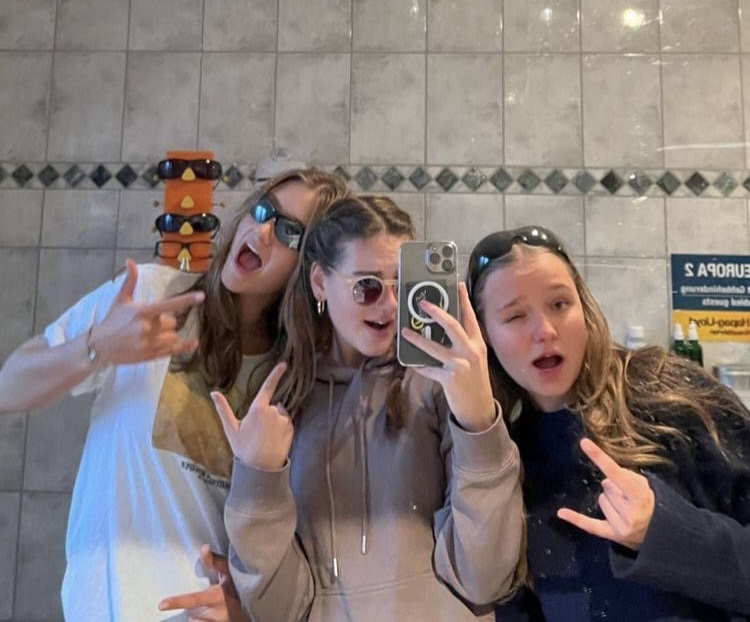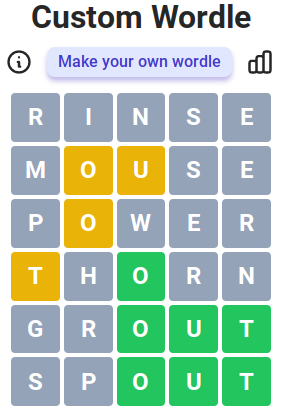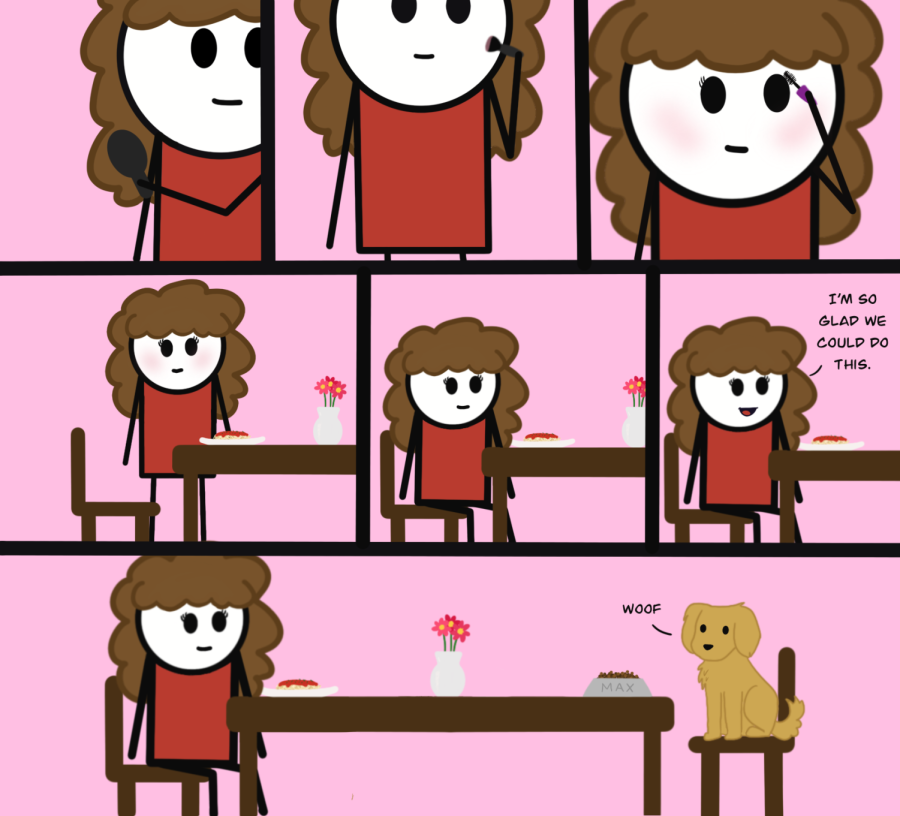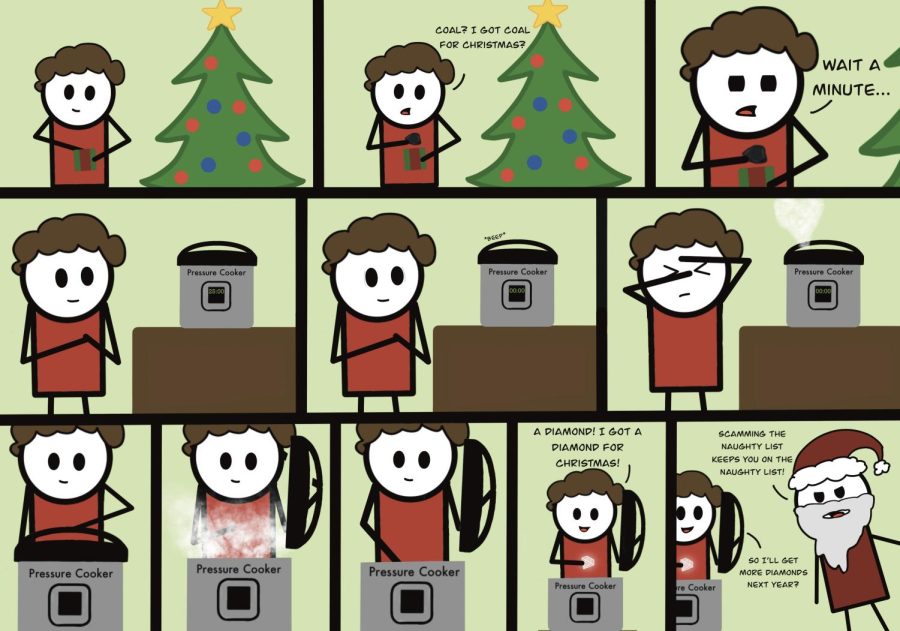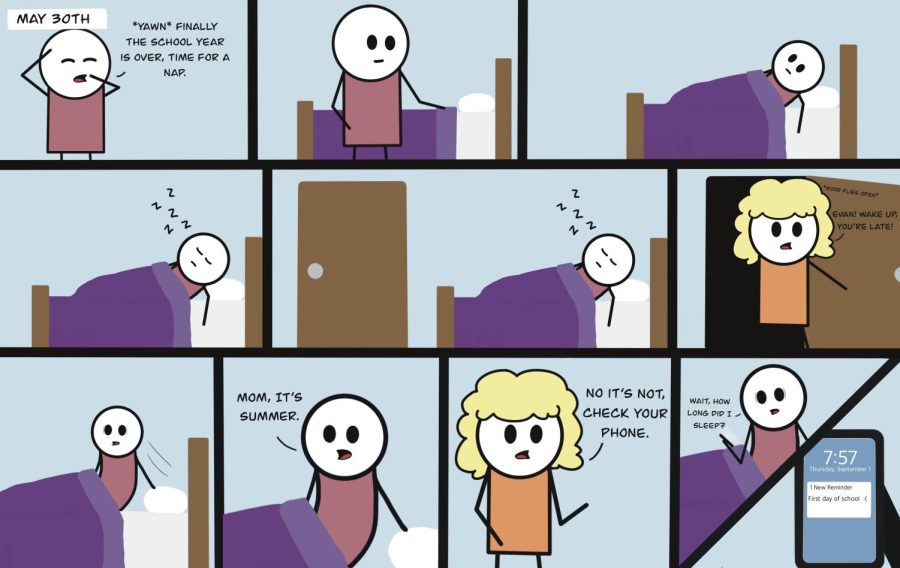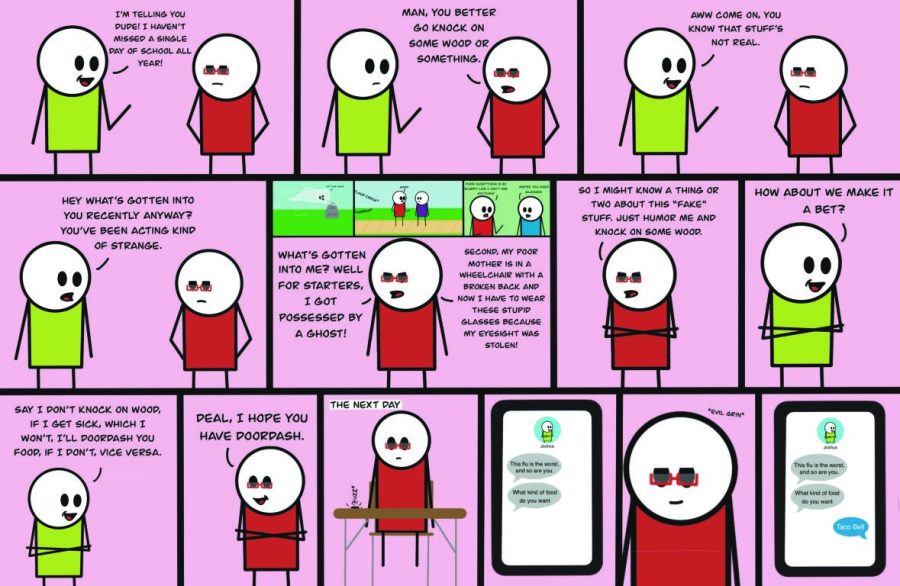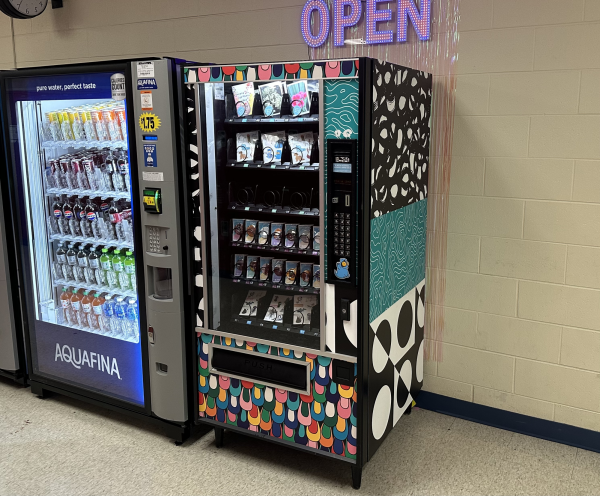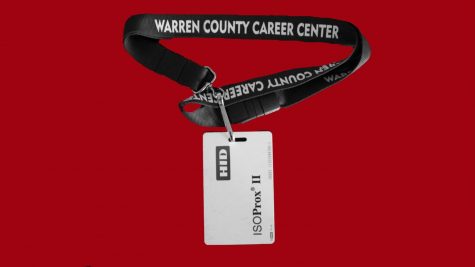Women face gender-based discrimation and challenges within STEM fields.
The missing representation of women in STEM leaves room for discussion and a new club
As bright July closed in on August, she logged into Google Classroom to find her AP Physics summer work. She clicked onto the “People” tab of the Classroom page, curious to see who would be studying alongside her. Scrolling, there looked to be only five other girls. Intimidation crept in; how could a girl be heard over all those guys? Maya Hicks, who had always dreamed of taking the class, questioned whether or not to drop it.
A total of nine girls signed up for Melanie Contratto’s two AP Physics classes. Out of 36, girls represent one-fourth of the core STEM class.
“I can work with [the guys] too,” Hicks said. “But it definitely is strange to just feel so outnumbered. It’s the same in my Calculus class. You feel like, ‘oh I’m, I’m the minority right now.’”
For Contratto, nine is a high number. Most students, including girls, must excel in math to reach AP Physics by their junior or senior year, having finished Honors Algebra II and an Honors Science with a ‘B’ or higher to receive teacher recommendation. Reaching AP Physics II is even more rare, requiring students to take AP Physics I their junior year or earlier. Contratto hopes to see this happen, especially for her female students.
“It sort of comes back and forth. And I’ve seen that it goes with all of the [girls] that take Geometry as a freshman,” Contratto said. “So then I tend to get those [in AP Physic I as a junior]. Last year, I had two AP Physics classes. One [class] had one girl, and one had two girls. So [since] last year, I basically tripled? Yeah, because I had three last year and now I have nine.”
At Georgia Tech, the fourth best-ranked school for engineering programs, there was a traditional ratio of three male engineers to one female. 2019 alumna and General Electric (GE) Aviation Industrialized Engineer Kayla Gronewold described it as common to see less women in the higher engineering classes than the amount she would see just walking on campus. But when she got into the workforce, it appeared to her that the amount of women dwindled even more.
“[The ratio] actually got so much better [at Georgia Tech]. Like even in the past 10 years I think the most recent class they admitted to Georgia Tech was the first 50/50 class so it’s definitely better, like I didn’t notice it quite so strongly. Because in the workforce, you got an older population, where older women engineers aren’t so common,” Gronewold said.
According to the United Nations Educational, Scientific, and Cultural Organization (UNESCO), less than 30% of researchers are women. So what is it about STEM careers that causes the gender gap?
An early reason for women being less interested in STEM is the misconception around AP Physics and its difficulty. It requires math, and it doesn’t have a pre-requisite honors class, or even a graduation requirement, but it does still lead to multiple career fields, popular or not.
“I think a lot of times, everyone thinks, oh, I have to be an engineer to do that, where [Physics is] not just engineering. It’s architecture. It’s medicine. Like, in the medical field, pre-med students still have to take Physics, but if they take AP, and they pass it, they’re done with Physics,” Contratto said.
STEM careers also don’t require all of the theoretical knowledge for the actual hands-on procedures, as most would think. University of Florida and GE co-op student Amanda Dischinger believes the largest turn-off in STEM is the curriculum rather than the careers.
“Engineering in general has such a big stigma that you have to be the smartest of the smart, elite, when it comes to education, to be an engineer and that’s not the case at all. Of course, there’s a lot of mathematics involved but if that’s what you love, that’s going to drive you,” Dischinger said. ”Because all of this is learning, you’re learning something new. You don’t have to have the huge background in it to begin with. Like I went in and I didn’t really fall in love with aerospace until college. So you had some people coming in that could list every single plane out there, and be able to point them out in the sky, [but] it’s okay if that’s not you.”
Some programs and social factors can even lead a student to a different calling. When GE Aviation Chief Consulting Engineer Sharon Crall went to college in the 1980s, the time schedules and campus culture led her away from computer science and into electrical engineering.
“That was back in the day, before laptops. So if the computer scientists wanted to use a computer, we had to go down to the computer science lab, which is in the basement of one of the buildings on campus. And at the time, the only time that you could really reliably get time on that big computer was the middle of the night. And I didn’t feel safe walking across campus alone in the middle of the night. So I became an electrical engineer because of that, instead of a computer science major,” Crall said.
Sexism, sexual harassment, and sexual assault are still large issues in many universities and workplaces, and in a male-dominated field, it would seem quite common in STEM. Based on testimony from The National Academies of Sciences, Engineering, and Medicine, research showed that 50% of professional women were harassed in academic environments and
anywhere between 20-50% of female students in higher education were harassed, depending on their field.
“I think the biggest inequality would be like, oh, this professor gave you a better homework grade than I did because you’re a girl and there’s a weird…professor-has-a thing-for-female-students kind of thing. That’s probably the biggest thing,” Dischinger said. “It’s like, oh, you’re a woman, you’re probably going to have an easier time in this class from [the] professor being more lenient, which I mean, people have only said that about a couple professors. But that’s probably the biggest issue that I’ve ever had. [I] kind of brush it off like, Okay, I’m not gonna bat my eyelids or anything. I’m going to be like a student. I don’t know what to say, you don’t really know what to say.”
Luckily, in companies like General Electric (GE), the staff ensures that every employee feels comfortable, included, and represented through GE Networks. The Networks are similar to large clubs, where the company will connect employees to each other based on common traits or interests, and then hold events to also give the local communities a chance to experience something new.
“They [the Networks] really help you build a community and they do volunteer work. Like last spring, they had a women in STEM night at the GE Learning Center, and we had a bunch of middle school girls come in. This was pre-COVID and, you know, we just walked them through material engineering, [any] kind of analysis process. And that was a really fun night and that was put on by the Women’s Network. So we do stuff like that to make sure there’s a presence here,” said Dischinger.
Contratto is also planning to create a women in STEM club for the high school next year, with Hicks and Meghan Ellison, another junior taking AP Physics, as two of the senior leaders of the club. They plan to safely have meetings with professionals, field trips, and possibly even job shadowing.
“I’ve tried taking different classes at Kings but there are so many more options that I would like to explore,” Ellison said. “Some of the fields I have been considering are engineering and the biology side of STEM. It’s hard to say if I would even like any of these careers so that’s why STEM club could really help me narrow down my options.”
Women in STEM fields find pursuing their passions more important than any statistic or difference in coworkers, and hope to help others grow their interests in STEM as well. Young women like Hicks and Dischinger even find motivation and strength to do so through the disproportionate representation.
“Really just don’t see it as a gender fight because I think our generation has moved past seeing gender in such a good way, that, you’re a person. You’re a student. You have to see yourself as that first, because if that’s how you see yourself, that’s how they see you. If you go in being like, I’m the only woman, then that’s how everyone will see you,” Dischinger said. “But if there’s anyone that ever pushes back at you and thinks that you can do something less – one: they’re living in the wrong century, and two: use that as fuel. Prove them wrong.”
Want to show your appreciation?
Consider donating to The Knight Times!
Your proceeds will go directly towards our newsroom so we can continue bringing you timely, truthful, and professional journalism.
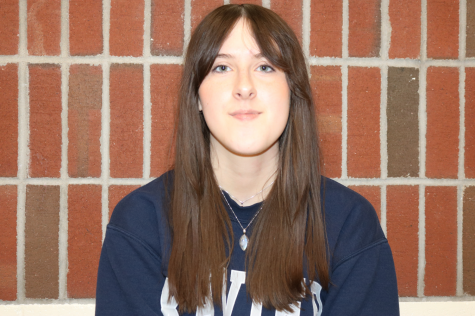
As a senior and Co-Editor in Chief of The Knight Times, Alyssa enjoys assisting her fellow writers on their articles and interviewing; she loves to hear...
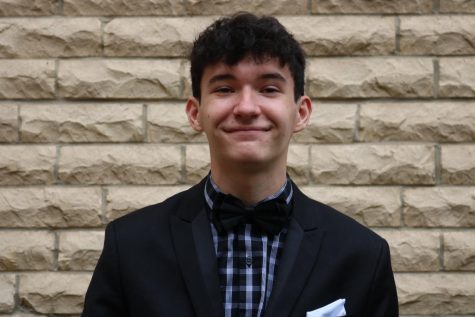
Josiah is a current Senior and has been going to Kings since the 5th grade. He joined the Knight Times to bring a new perspective to the group, and to...





